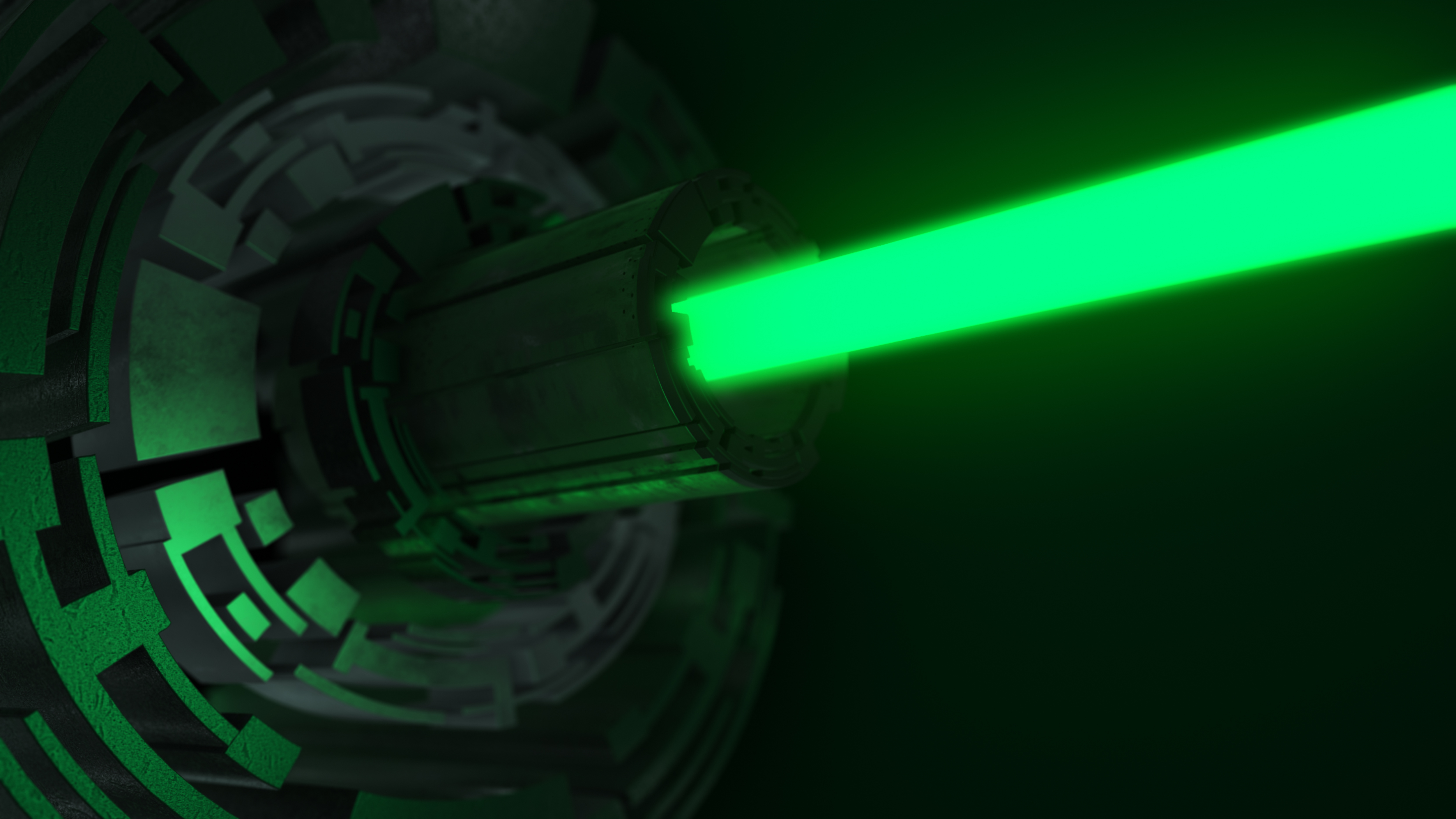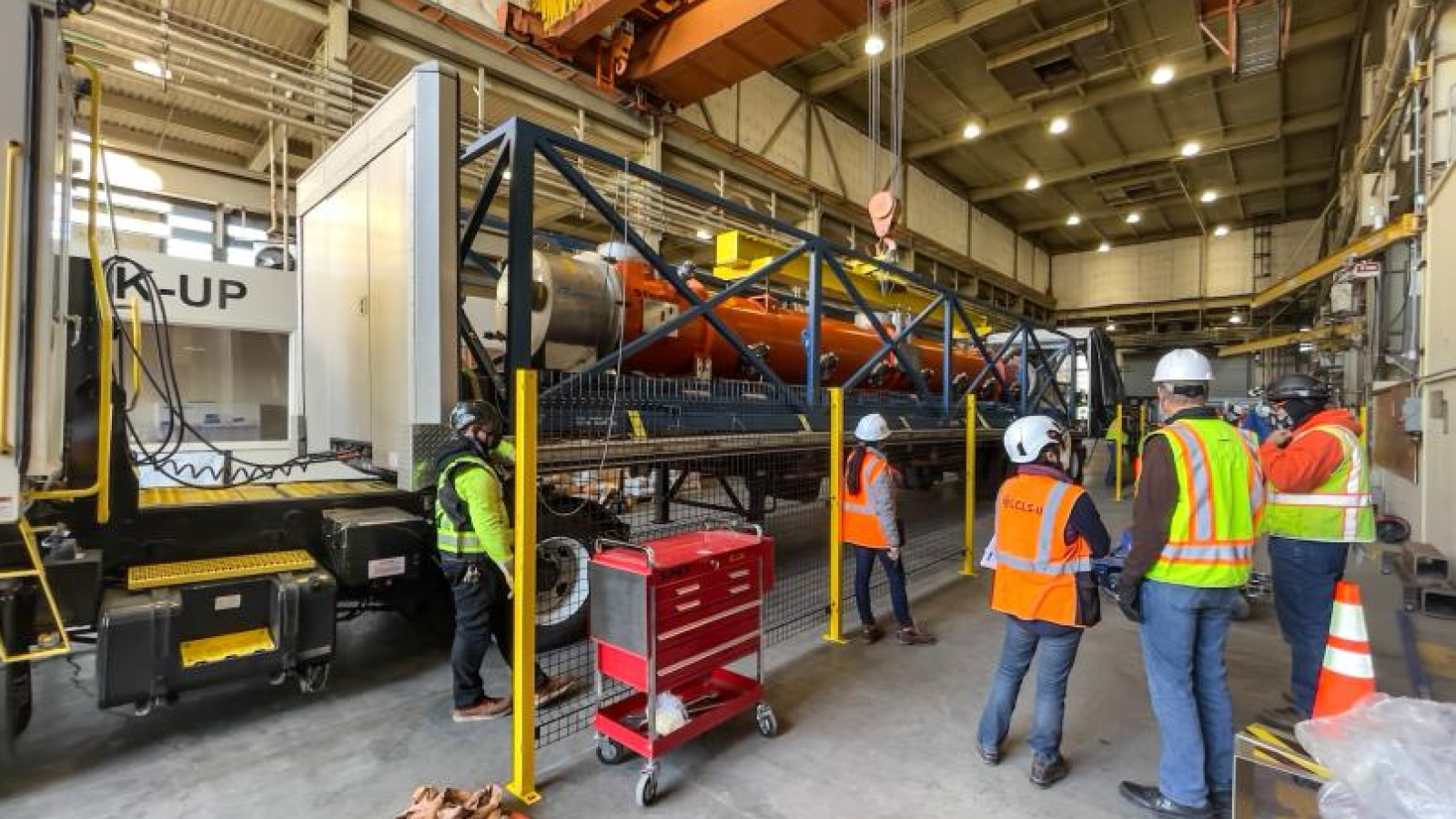
Scientists could soon probe the secrets of the smallest particles in the world in more detail than ever before following a major upgrade of the most powerful laser of its kind in the world.
The U.S. Department of Energy (DOE) has given the go-ahead to upgrade the Linac Coherent Light Source (LCLS), an incredibly powerful X-ray laser used for research. This is based at the SLAC National Accelerator Laboratory — located just off the Stanford University campus in the San Francisco Bay Area.
Scientists use the LCLS to document and analyze the building blocks of the universe by blasting atoms, nanostructures and molecules with X-rays. This lets them document the atomic processes that govern how the world works, and is especially useful for probing subatomic processes in quantum, energy and biological sciences.
Free-electron lasers like this produce brilliant light across an incredibly wide wavelength, with beams that are orders of magnitude brighter and more intense than other lasers. LCSC works by speeding up electrons to a velocity approaching the speed of light and then concentrating them through an array of magnets known as an "undulator." This forces them to release photons (particles of light) in a concentrated, bright beam that illuminates particles in a process akin to supercharged X-ray imaging.
How the LCSC X-ray laser works
The LCLS is housed in a 2-mile (3.2-kilometer) tunnel originally used for a particle accelerator built in 1962. It was first upgraded in 2023 as part of the "LCLS-II" project. New hardware added to the laser increased its brightness — resulting in a beam up to 10,000 times brighter than with the first phase of LCLS. LCSC-II is also one trillion times brighter than X-rays you might find in a hospital. It shoots beams in bursts of up to one million pulses per second — each lasting only a handful of femtoseconds — the time it takes light to travel 300 nanometers (or approximately the width of a virus).
This lets it shoot frame-by-frame "movies" of chemical processes: in 2015, this allowed scientists to view how chemical bonds form for the first time, and in 2023 to observe the real-time steps of photosynthesis. This helps us understand everything from chemical reactions to the conservation of energy in novel solar cells.

Part of the project saw a new superconducting accelerator added, which greatly increased the acceleration speed of electrons within the laser. Achieving these results meant cooling the path of the particles to near absolute zero using 37 cryogenic modules (cryomodules), which lowered temperatures within the LCLS to -456 degrees F (-271 degrees C) — that’s colder than deep space.
These modules are lined up one after another and form the housing within which the LCLS-II’s laser is fired. Within each cryomodule in the circuit lie radiofrequency cavities, which once cooled to their incredibly low temperatures act as superconductors to amplify the energy output of the laser’s beam. Cryomodules contain supercooled helium and superconducting radiofrequency cavities which help cool the materials used within sensitive scientific systems such as the LCLS, allowing them to operate without electrical resistance or producing heat.
What to expect from LCLS-II-HE
This latest round of upgrades is known as "LCLS-II-HE" and will double the energy produced by LCLS-II’s free-electron beam, for an overall 3,000-times increase in brightness. This will require more cooling with 23 additional cryomodules.
To build these new components, SLAC National Accelerator Laboratory will work with the Fermi National Accelerator Laboratory, the Facility for Rare Isotope Beams (FRIB) at Michigan State University, and the Thomas Jefferson National Accelerator Facility. It will also collaborate with Lawrence Berkeley National Laboratory, which designed the undulators used in LCLS-II alongside Argonne National Laboratory, to adapt the undulator in line with the new output requirements.
”The LCLS-II-HE upgrade will be a transformative advance for the scientific mission of DOE Basic Energy Sciences and the broader scientific community,” said LCLS Director Mike Dunne, in a press release. ”If the LCLS-II upgrade enabled a high-quality movie camera capable of capturing clear and detailed images, the LCLS-II-HE upgrade greatly boosts that camera’s resolution and sensitivity. Scientists will be able to image the atomic-scale motion of materials, chemical systems and biological complexes to address some of the most critical challenges facing our society.”
The upgrade will cost $716 million and is expected to greatly further the scientific capabilities of SLAC National Accelerator Laboratory, which is run by Stanford University on the DOE’s behalf. At present, the organization expects the upgrade to be completed by 2030, although scientists hope to run trials much earlier to demonstrate the laser’s full potential.
X-ray lasers like the LCLS carry transformational potential for scientific discovery. They are already being used to study optimal structures for nanotechnology and nanomaterials, which representatives from the SLAC National Accelerator Laboratory have said could be instrumental in improving renewable energy tech and battery energy density. This scientific work could also expand our understanding of nanoscale biological processes in the pursuit of making better drugs, they added.
Once upgraded, the LCLS will produce more than one petabyte of data per day, which can in turn be used to train machine learning and artificial intelligence (AI) models deployed in the aforementioned scientific fields.







